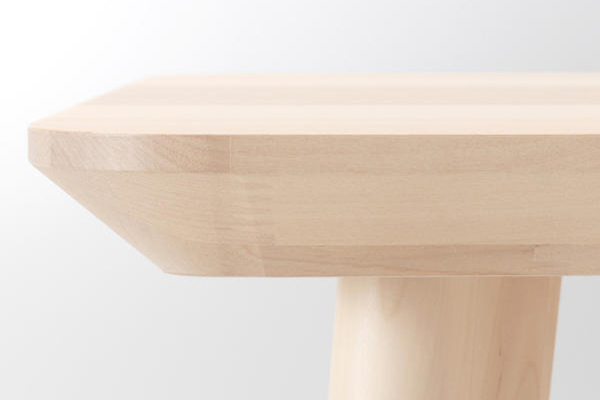Before officially unveiling the wedge dowel roughly three years ago, Ikea spent several years tinkering with the development of something that would impact a wide range of the company’s products. The company saw improving its product line in terms of both longevity and ease of use as a key to retaining current customers and attracting new ones. Anna-Karin Sjogren, an Ikea’ product development engineer, admits to feeling a sense of duty to provide consumers with the best possible furniture.
“We are focusing a lot more on innovation than we have in the past,” Sjogren told Fast Co Design. “With innovation in general, it is about making more sustainable solutions so [a piece] can live with a customer longer. We make so much furniture that we have that responsibility.”
This responsibility — and loads of hard work, of course — took on the finished form of something that resembles a wooden screw. Gone are the days of fumbling with an Allen wrench as Ikea’s wedge dowel requires an incredibly simple assembly process. For something like a table, owners merely insert its legs into the tabletop before screwing in the metal inserts — for a four-legged table, just four total screws are required. The wedge dowel also makes it easier to keep Ikea furniture in tip-top condition in the event of a move.
“This demands modularity and flexibility,” Sjogren added. “That’s what we’re focusing our innovation on right now. It’s a product that looks simple and easy to understand, but it takes so much work for it to become nice, simple, and easy.”

Moving forward, the Ikea engineering team intends to focus on how the wedge dowel can be adapted to different materials — as of now, the dowels only work with its wooden furniture. Specifically, Ikea hopes to find a solution to the problem of humidity in markets like India or China. Because wood expands and shrinks depending on the amount of moisture present, a material (think metal) that could consistently withstand those elements is incredibly important.



